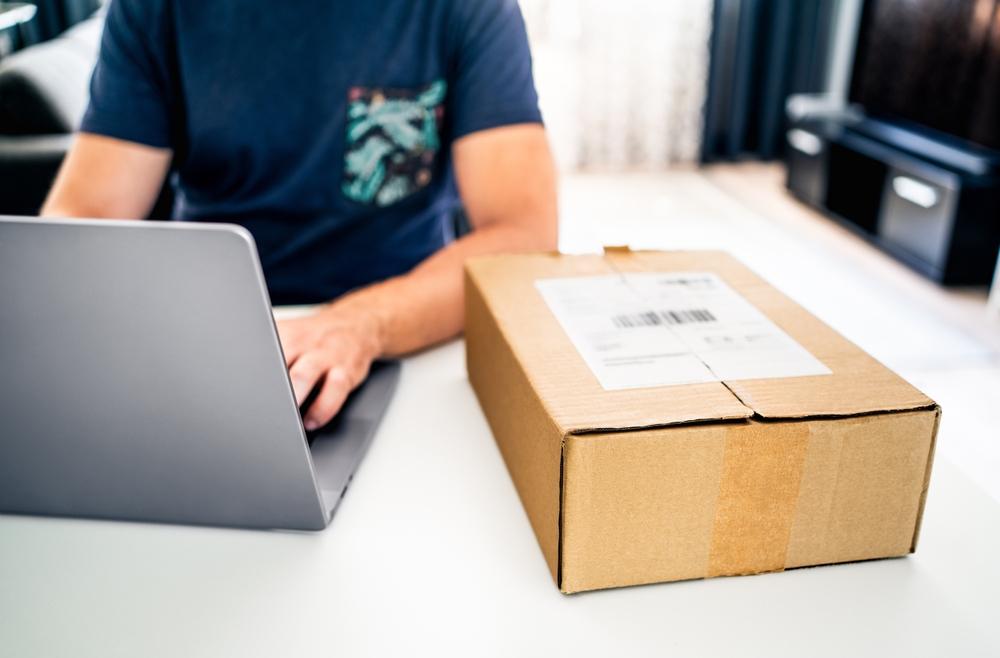Study: Consumers undeterred by stricter policies as returns continue to increase
Higher restocking and shipping fees and shorter windows aren’t stopping customers from making returns, which are eating into retailers’ profitability.
That’s according to a new survey from Blue Yonder which found that while 89% of retailers having changed their returns policies in the past 12 months to make them more expensive for consumers, or otherwise tightening the restrictions around returns, more than half (59%) experienced an increase in the rate of returns over that same period.
The results indicate that 63% of retailers face significant challenges with the management of returns as customers increasingly turn to online shopping options.
Retail product categories that traditionally haven’t experienced high return rates for in-store purchases are now seeing increased return rates online, with significant and somewhat significant return rate increases in sports & outdoor equipment (76%), cosmetics (73%), trade tools/equipment & DIY (72%), and children’s Toys (68%). Overall, only 13% of retailers reported a decline in returns over that same 12-month period.
“These findings indicate that while retailers have tightened their policies, consumer returns are still increasing,” said Shannon Wu-Lebron, corporate VP, retail industry strategy, Blue Yonder. “This proves that putting the onus on consumers is not necessarily the solution to control returns. Instead, retailers should be looking at technology to help them find better ways to manage the returns and reverse logistics process to reduce costs, improve inventory resell rates, and protect customer loyalty.”
In December 2023, Blue Yonder asked 200-plus U.S. retailers to share insights into how they are managing returns. When asked, 80% said that prioritizing improvements around the returns process was either high or very high priority, with 16% saying it was medium priority.
To measure their success in returns management, retailers are looking at different KPIs, including return rate (65%), average cost of return (58%), the percentage of returns eventually resold (49%), and customer lifetime value (37%). Key findings are below, along with recommendations for retailers on how they can best manage the first and last mile of returns.
Changes to Returns Policies
Of the 89% of the retailers who said they had made some kind of change to their returns policy, those changes have included:
- 42% reduced the time window during which consumers can make a return;
- 36% made some items non-returnable (e.g., sale items);
- 30% implemented flexible returns shipping charges or restocking fees (e.g., restocking fee/shipping charge varies by the reason for the return);
- 24% increased their existing returns shipping fees;
- 23% implemented for the first time a restocking fee; and
- 17% increased an existing restocking fee.
While many are charging fees, 63% say those costs vary always or sometimes depending on the reason for the consumers’ return. The least likely category to charge consumers for returns was music, TV & film, where 29% of retailers said they never charged shipping, restocking or other return fees.
Retail Profitability
Changes to return policies were made by some retailers to help control increasing costs and recoup a portion of the expenses via customer fees. The reverse journey of a returned order incurs a multitude of costs related to shipping and transportation, processing, restocking, and customer service. As return rates increase, these costs impact the profitability of the company since retailers incur these charges without earning revenue.
Retailers were surveyed on the cost of returns as a percentage of the product’s original value, with responses ranging from 5-10% (32%), 11-15% (29%), 16-20% (24%) and +21% (14%).
Product categories reporting percentages higher than 21% were apparel & fashion; books; cosmetics; music, film, & TV; sports & outdoor equipment; and stationery & crafts.
How Retailers Allow Consumers To Make Returns
Despite retailers’ clear focus on controlling returns costs, the survey found that many retailers still rely on unsophisticated returns processes, resulting in poor customer experience and inefficiencies.
Requiring customers to contact customer support in order to obtain authorization and/or a shipping label, as 29% of retailers do, adds additional manual process for the retailer, increasing cost and adding friction for the customer. This returns initiation method was most prevalent in the following product categories: stationery & craft (40%), consumer electronics (35%), and trade tools/equipment & DIY (34%).
One alternative method, used by 18% of retailers, is to include a returns shipping label in outbound parcels. While this offers a relatively convenient customer experience, retailers with product categories such as home & appliances (22%) and apparel & fashion (18%) have little visibility or control over which items are returned and when, and will have to manually copy paper-based data about the reason for return.
Less than half of retailers (47%) have any kind of digital solution; just under a quarter (24%) of retailers use a digital solution built in-house, 12% redirect customers to a parcel carrier’s site to obtain a label, and 11% use a third-party digital solution.
When it comes to dropping off returns, the most commonly offered options include:
- 63% offer a drop off in locations provided by a parcel carrier, such as the post office or UPS;
- 40% offer partner locations for drop-offs (e.g., Amazon drop-off counters in Kohl's and Whole Foods stores);
- 36% offer drop-offs in their own stores; and
- 23% offer collection from the consumer's home
Almost three fourths (73%) of retailers always provide consumers with tracking updates when making returns and 58% always process refunds automatically.
Incentivizing Consumers and Measuring Success
Less than half (44%) of retailers always offer consumers marketing or promotional offers as part of the returns process, and another 16% sometimes offer marketing or promotional offers.
“When we conducted a consumer returns survey in early 2023, our data found that a majority (74%) of consumers always or sometimes make impulse purchasing decisions when returning items in-store,” said Wu-Lebron. “Offering consumers greater incentive to go into the store to make their returns, such as a coupon code or discount, can be a win/win approach for retailers and consumers. It also allows the retailer to put the item back into stock quicker, which was one of the KPIs retailers were looking at to measure the success of their returns policy, with 30% using time out-of-stock as a measure.”
“By looking at the entire return journey from start to finish and capturing data from across those touchpoints, retailers using Blue Yonder’s solutions can start making better strategic decisions around when to charge for returns and how to alter their policies in response to their customers’ needs,” she added.



